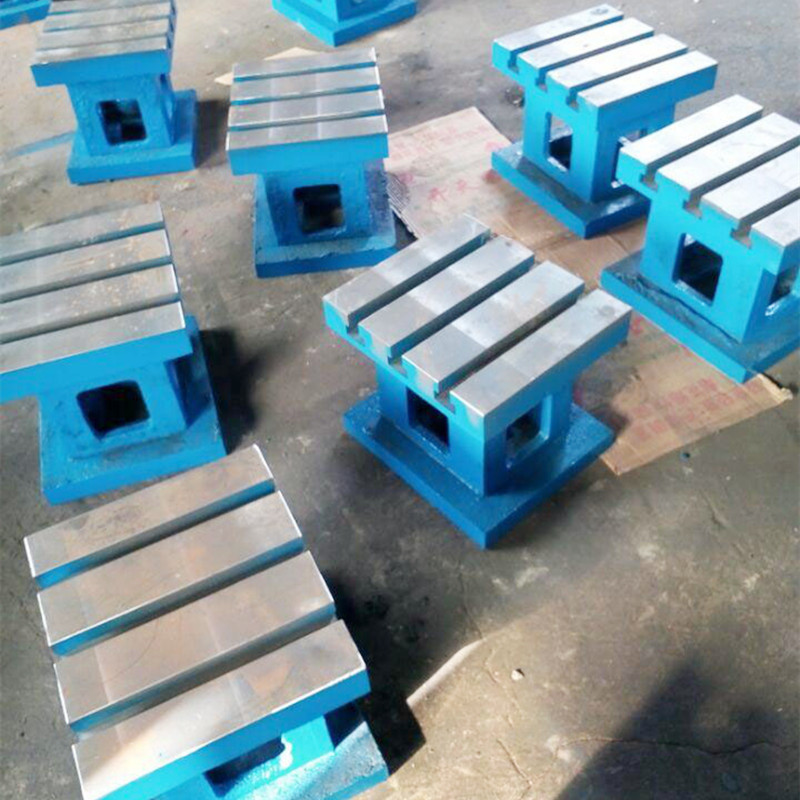სექ . 19, 2024 12:03 Back to list
piston lift check valve
Understanding Piston Lift Check Valves A Comprehensive Overview
Piston lift check valves are integral components widely used in various industries, including oil and gas, water treatment, and chemical processing. These devices play a critical role in ensuring the proper flow of fluids while preventing backflow, thus maintaining system efficiency and safety. In this article, we will explore the design, operation, advantages, and applications of piston lift check valves.
At its core, a piston lift check valve is designed to allow fluid to flow in one direction while blocking reverse flow. The valve consists of a cylindrical body that houses a piston. This piston is typically equipped with a sealing mechanism that ensures a tight fit against the valve seat when the fluid attempts to reverse its direction. The movement of the piston is controlled by the pressure differential across it; when the pressure on the inlet side exceeds that on the outlet side, the piston lifts, allowing fluid to pass through. Conversely, if the pressure on the outlet side becomes greater, the piston falls back into place, sealing off the reverse flow.
One of the significant advantages of piston lift check valves is their ability to handle high flow rates and pressures, making them suitable for demanding applications. Unlike traditional swing check valves, which can be prone to slamming and damage due to sudden flow changes, piston lift check valves operate more smoothly. This characteristic not only enhances the longevity of the valve but also reduces the risks of water hammer incidents—a phenomenon that can cause significant damage in piping systems.
piston lift check valve

Moreover, piston lift check valves offer a compact design, which is ideal for applications with space constraints. Their design allows for easy installation and maintenance, which can be particularly beneficial in complex industrial settings. Many models also feature adjustable lift settings, enabling users to customize the valve's response to flow conditions, thereby optimizing performance for specific applications.
In terms of applications, piston lift check valves are commonly found in various systems, including pumps, compressors, and even in the irrigation and drainage systems. In the oil and gas industry, these valves are vital for controlling the flow of crude oil and natural gas, preventing backflow that could lead to dangerous situations. In water treatment facilities, they ensure that clean water flows in the desired direction, while preventing contamination from backflow.
Selecting the right piston lift check valve involves considering several factors, including the type of fluid being handled, temperature and pressure conditions, and the specific requirements of the system. It is essential to consult with manufacturers or industry experts to choose a valve that meets the necessary specifications and ensures optimal performance.
In conclusion, piston lift check valves are essential components in fluid control systems, offering reliable and efficient operation in preventing backflow. Their robustness, adaptability, and ease of maintenance make them a preferred choice in many industrial applications. By understanding how these valves work and their advantages, engineers and system operators can better design and maintain fluid systems that are both safe and efficient.
-
Why Metric Trapezoidal Thread is Ideal for Precision Motion ControlNewsAug.05,2025
-
The Unique Properties of a Block of Granite for Industrial UseNewsAug.05,2025
-
The Role of Flanged Y Strainers in Preventing Pipeline ClogsNewsAug.05,2025
-
The Importance of Regular Calibration for Master Ring GagesNewsAug.05,2025
-
How a Cast Iron Surface Table Enhances Accuracy in ManufacturingNewsAug.05,2025
-
Comparing Different Check Valve Types for Optimal Flow ControlNewsAug.05,2025
Related PRODUCTS









